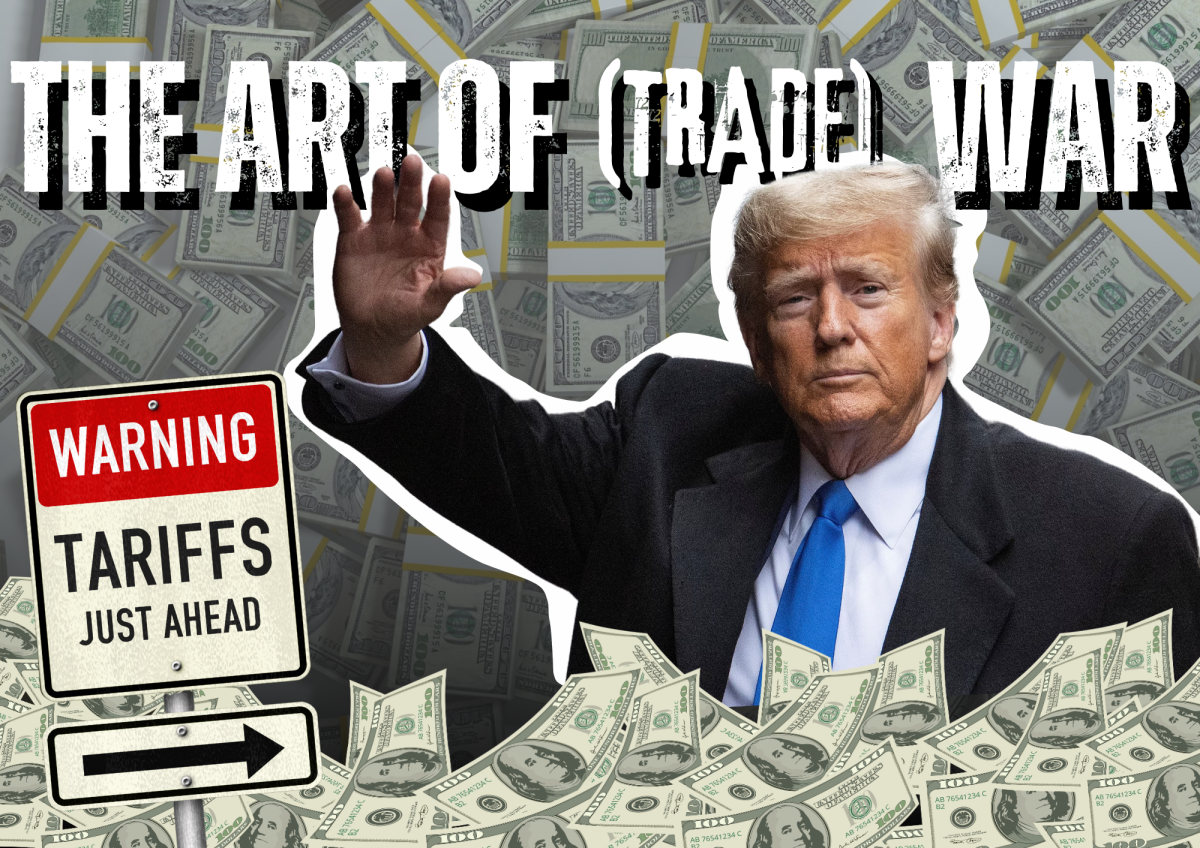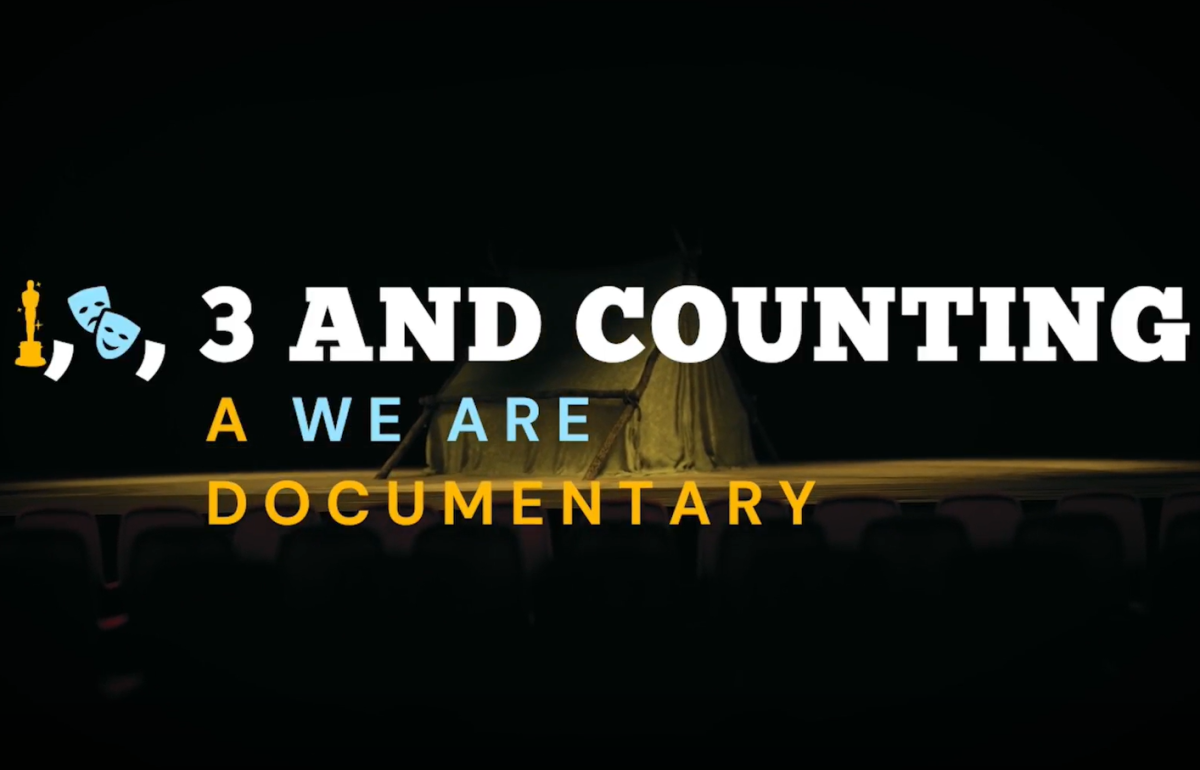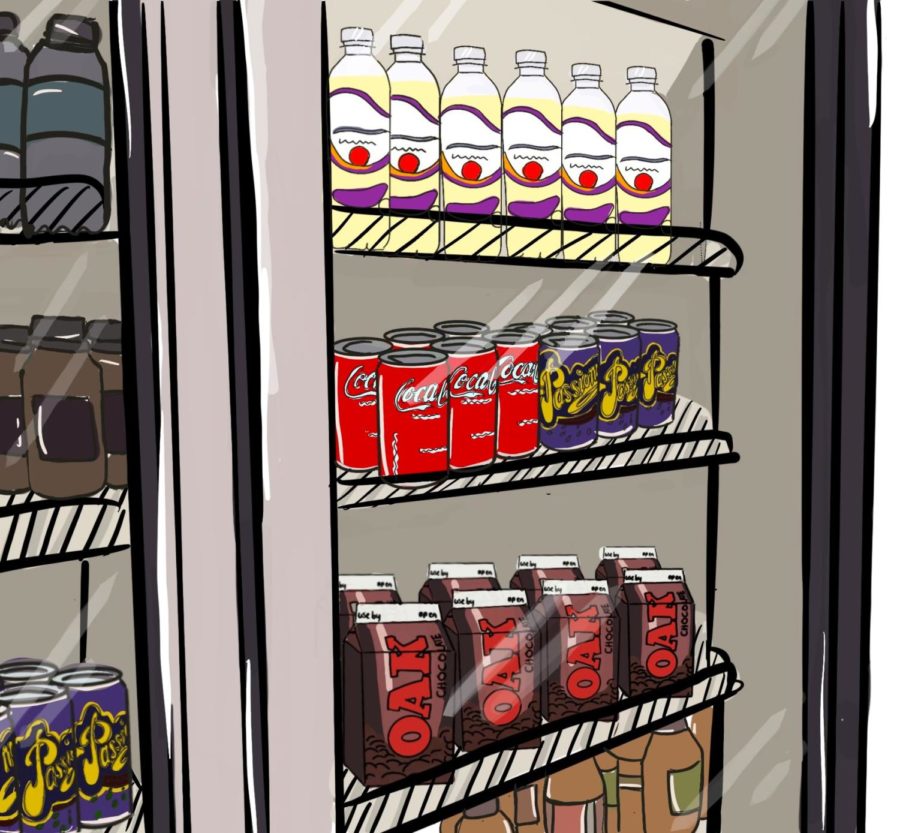Food for Thought: Canteen Prices @ WCC
June 1, 2022
Today, as our WCC school students peer over the canteen counter, clutching a few coins in pocket money, having less than a few dollars, this can mean the difference between a nutritious meal… or chicken nuggets for lunch. The expense of the canteen menu may mean too many William Clarke children lean towards a large cookie and packet of chips rather than a sandwich or sushi.
As far as the most comprehensive analysis of canteen menus in NSW schools goes, there are glaring price differences between healthy and unhealthy options. “It doesn’t sound like very much, but we know kids are highly motivated by taste and price,” said lead researcher Dr Rebecca Wyse at the University of Newcastle’s School of Medicine and Public Health. When students have a limited amount to spend at the canteen, price matters; particularly when it is their own earned pocket money or part time job money. The Dietitians Association of Australia (DDA) has released the results of a nationwide study of pricing in school canteens, which indicated most schools are selling less healthy, nutrient-poor items at a fraction of the cost of nutritious choices.
The study of 200 schools across NSW found that 76% of primary schools and 59% of secondary schools’ healthier options are 85c to $1.25 more expensive. Part of the problem may be the sourcing and safe keeping of fresh produce, coupled with the preparation time and when canteens are outsourced the profit margin becomes important.
There is no simple solution, but its basis should be prioritising the importance of health; both now and into the future. The short-term personal satisfaction, or convenience, cannot be at the expense of children’s health into the future.
There is no incentive for children to buy healthy foods when, in many cases, an apple costs more than a packet of chips. There are so many organisations, including major grocery chains, that are working hard to prevent food wastage and keeping food out of landfill. With some simple planning a canteen could work with these companies to price food for the costs of delivery or work with these stores to be supplied with the ‘imperfect’ fresh food that, because of the imperfections, cannot be sold at full cost.
Cheap, unhealthy options send the wrong message about what children should be eating. In fact, just like smoking cigarettes, unhealthy options should be more expensive, and the healthier options subsidised by the ‘tax’ on the unhealthy foods. We need to keep reinforcing to children that healthy foods will keep them well both now and into the future. The consumer needs to drive demand for the healthier product and in that sense the students contribute to an improvement in menu items; they just need to be made aware that healthy food can be tasty and accessible, and that their health and wellness needs a conscious choice that they can make.
The offering of incentives to manufacturers to create more foods that fulfil the ‘green’ criteria may also contribute to an improvement in menu items. Introducing good practice guidelines as well as health star ratings and value for money ratings will force suppliers to be honest about their products and be comparable to and competitive with other vendors.
School canteens need to follow and be recognised for following the good practice guidelines. With a little responsibility, consciousness, planning and creativity by canteen managers and suppliers there is endless possibility for profitable, yet health conscience school canteens.











